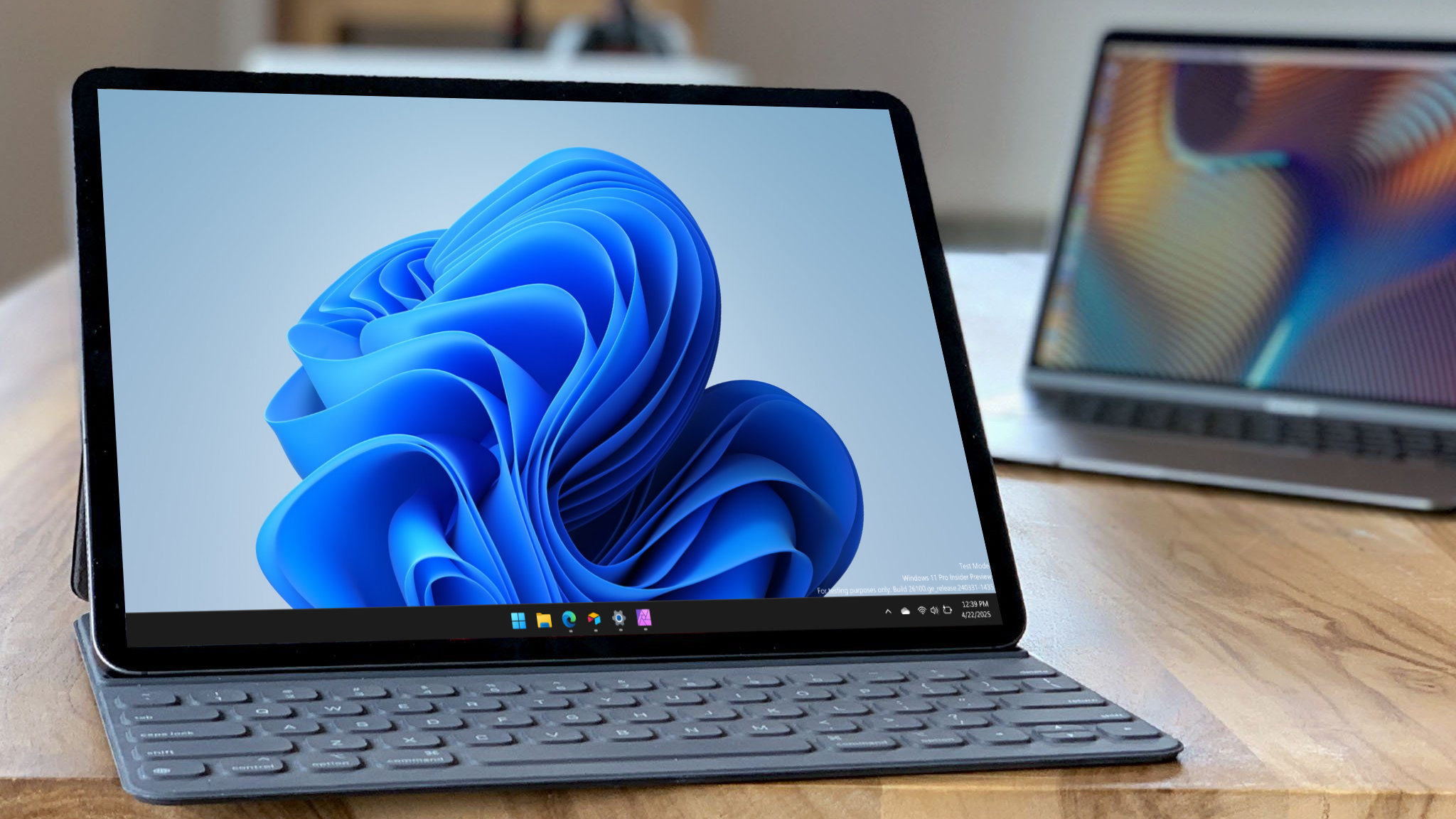Razer Blade Pro with full HD display is (still) king of the 17-inch gaming laptops
The 17-inch Razer Blade Pro with a full HD matte display makes the powerhouse gaming laptop more affordable without sacrificing too much.
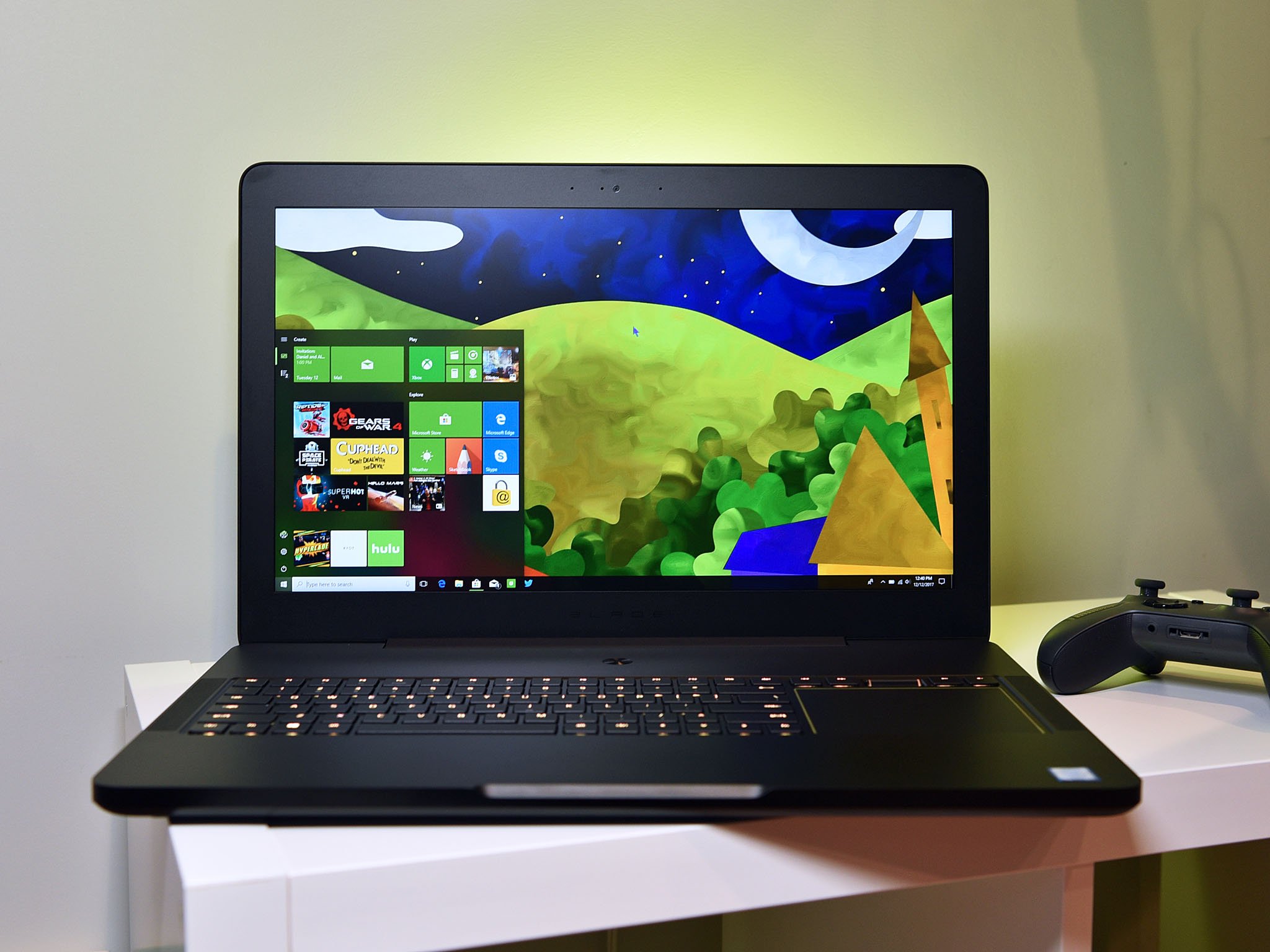
Razer is known for its premium laptops, which is what justifies the $4,000 price tag of its crown jewel Razer Blade Pro with a 17-inch 4K Sharp IGZO display and NVIDIA GTX 1080 graphics card.
We reviewed that beast last year, but Razer now has a slightly toned-down version that costs "only" $2,399 (and it's on sale for $1,999 for the holidays). Take the hardware from the smaller Razer Blade 14-inch and put into the larger chassis of the Razer Blade Pro and you have this new, additional model. With a full HD matte (non-touch display) and a NVIDIA GTX 1060, you still get a competent 17-inch gaming laptop but save $1,600.
I've been using this model for the last few weeks, and I enjoy some aspects of it more than the pricier 4K model. It's also an excellent laptop for using Windows Mixed Reality (WMR). Here's my video review.
120Hz display and GTX 1060
What's new with the full HD Razer Blade Pro
The concept behind the new full HD Razer Blade Pro is simple to understand: Keep the same ultra-thin 0.88-inch (22.5 mm) CNC military-grade aluminum chassis and replace some of the super-premium components with those found in the 14-inch Razer Blade.
The full HD Razer Blade Pro is essentially the Razer Blade 14, but with a 17-inch display, larger battery and more ports.
Get the Windows Central Newsletter
All the latest news, reviews, and guides for Windows and Xbox diehards.
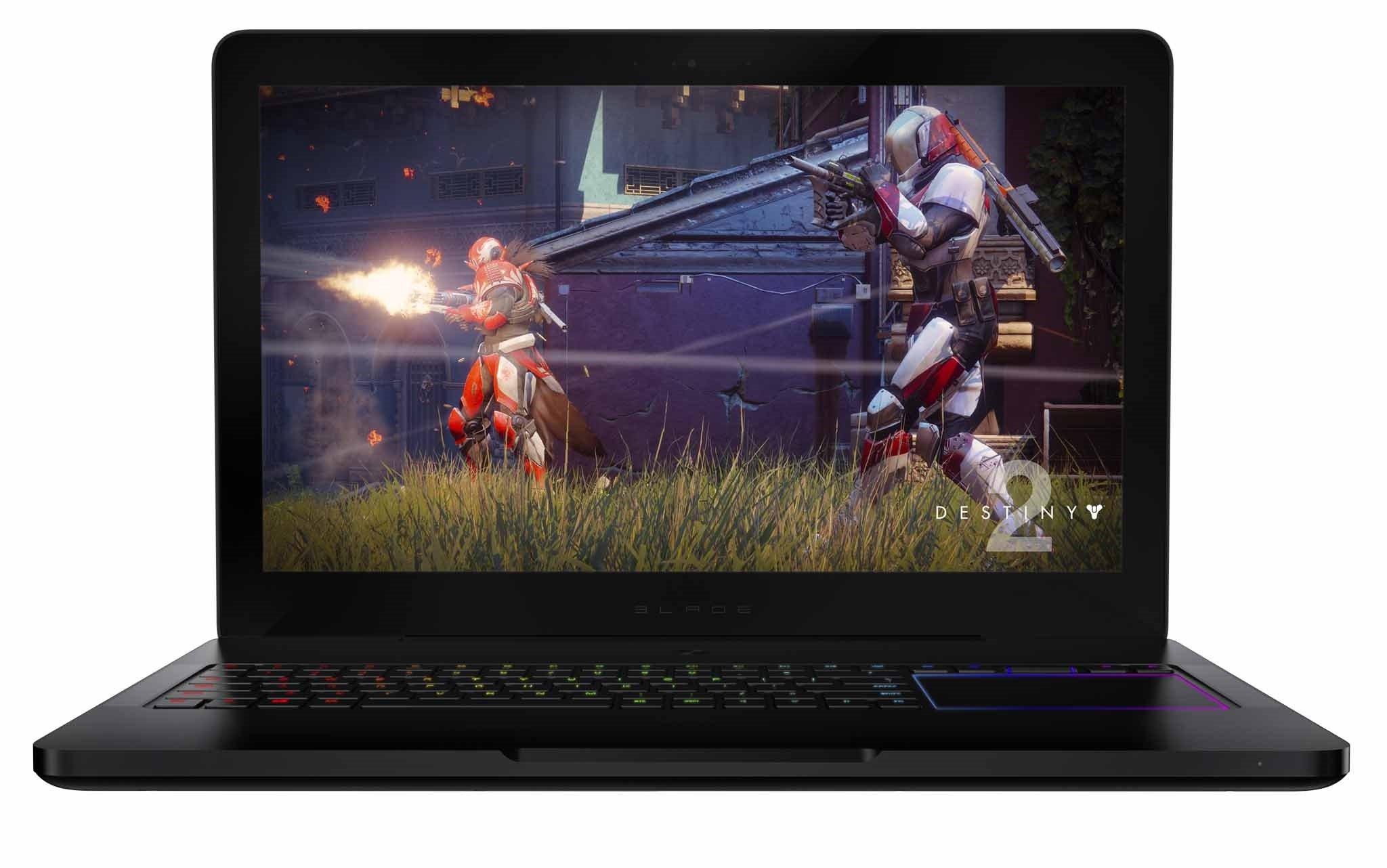
The new Blade Pro still supports the quad-core Core i7-7700HQ instead of a crazy GeForce 1080, and it drops down to the GeForce 1060. That means the laptop still supports full virtual reality (VR) and can play many first-person shooters (FPS) at high frame rates.
That performance is mostly due to the drop from a 4K IGZO glossy touch display to a full HD non-touch matte one. It's also 120Hz, which looks really great. Being non-touch allows for the non-glossy material as well as saving some weight.
| Category | Specification |
|---|---|
| Processor | Intel Core i7-7700HQ quad core2.8 GHz / 3.8 GHz |
| Display | 17.3-inch Full HD (1920 x 1080)120 Hz refresh rateIPS Non-Touch Matte Display |
| Storage | 256GB SSD (PCIe m.2) + 2TB HDD storageExpandable up to 2TB SSD (PCIe m.2) and 4TB HDD |
| RAM | 16GB (8GB x2) dual-channel DDR4 2,400MHzExpandable to 32GB (16GB x 2) |
| GPU | NVIDIA GeForce GTX 10606GB of GDDR5X VRAM |
| Razer Core (eGPU) ready | Yes |
| Keyboard | Anti-ghosting, backlit Chroma keyboard (membrane) |
| OS | Windows 10 64-bit |
| Networking | Killer DoubleShot ProWireless-AC 1535 (IEEE 802.11a/b/g/n/ac)E2400 Gigabit Ethernet 10/100/1000)Bluetooth 4.1 |
| Ports | Thunderbolt 3, three USB 3.0, HDMI 2.0, SDXC reader |
| Audio | Built-in stereo speakersDolby Digital Plus Home Theater Edition7.1 Codec support (via HDMI)3.5mm headphone/microphone portArray microphone |
| Webcam | 2.0MP |
| Battery | 70Wh lithium-ion polymer batteryCompact 165W Power Adapter |
| Weight | 6.78 lbs (3.07 kg) |
| Dimensions | 22.5 mm (H) / 424 mm (W) / 281mm (D)0.88 in x 16.7 in x 11 in |
Other changes include a mix of solid state drive (SSD) for storage with a traditional rotational drive (which can be swapped out for more SSD). There is also a replacement for the low-profile mechanical keyboard with a membrane-based one found in the 14-inch Blade, and the RAM dropping to 16GB from 32GB (though you can still expand to 32GB).
Due to the display requiring less power, the 99 WHr battery drops to 70 WHr with a smaller 165W charger.
Still a powerhouse
Razer Blade Pro performance
Running the same hardware as the popular Razer Blade 14 means the Razer Blade Pro full HD should get similar results, and that is precisely what we see in benchmarks.
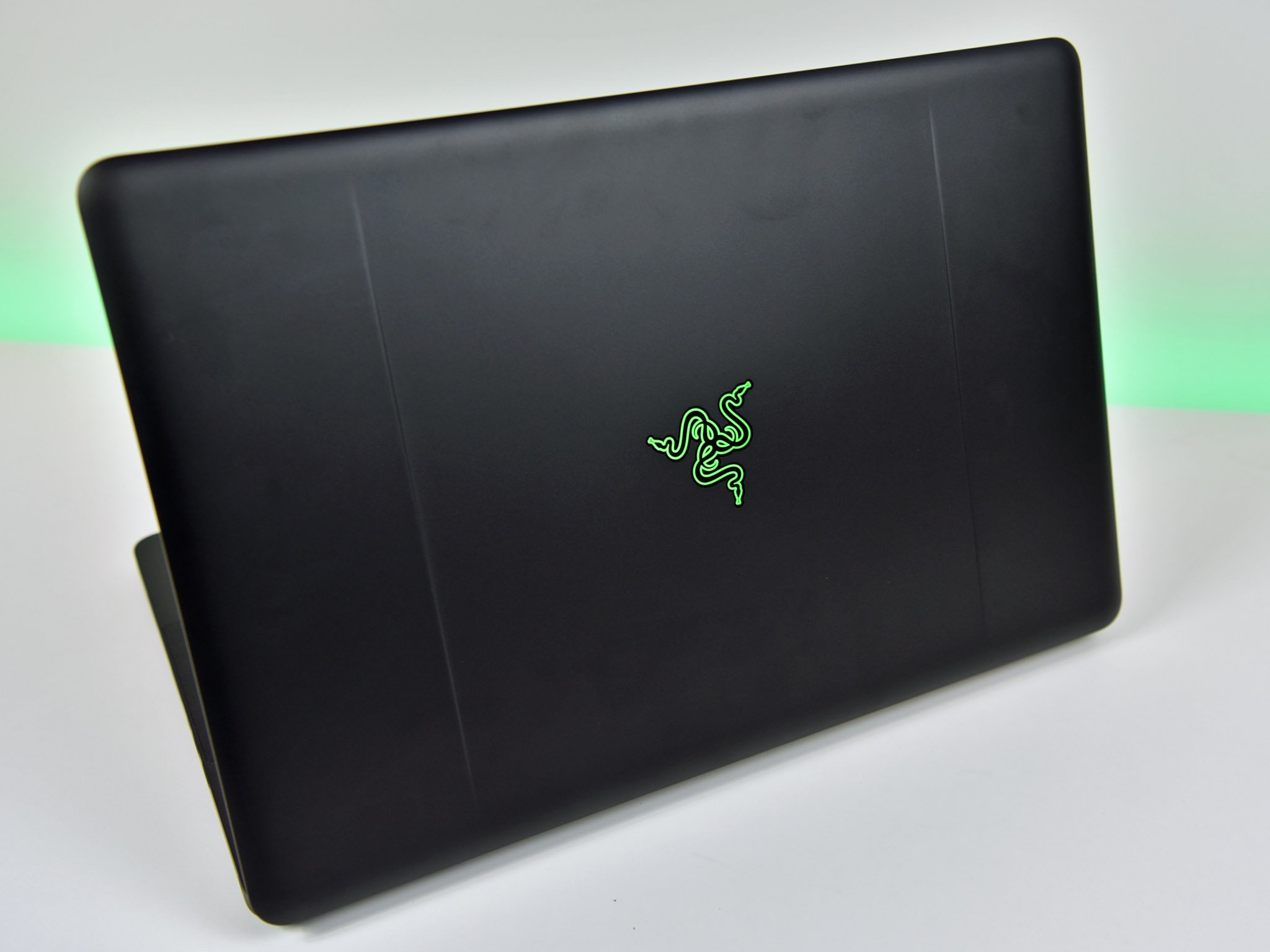
CPU
Geekbench 4 Benchmarks (Higher is better)
| Device | CPU | Single core | Multi core |
|---|---|---|---|
| Razer Blade Pro | i7-7700HQ | 4,115 | 14,234 |
| Lenovo Legion Y720 | i7-7700HQ | 4,697 | 14,810 |
| Surface Book 2 15 | i7-8650U | 5,036 | 14,237 |
| Dell XPS 15 | i7-7700HQ | 4,503 | 13,587 |
| ASUS ROG Zephyrus | i7-7700HQ | 4,322 | 13,213 |
| ASUS ZenBook Pro | i7-7700HQ | 4,021 | 13,270 |
| ASUS GR8 II | i5-7400 | 4,093 | 11,819 |
| Razer Blade Stealth | i7-7500U | 4,211 | 8,333 |
There are no surprises in CPU performance aside from a few mild variations compared to other laptops running the same CPU. The newer eighth generation Intel i7-8650U wins single core but matches for multi-core performance.
GPU
Geekbench 4.0 CUDA (higher is better)
| Laptop | GPU | Score |
|---|---|---|
| Razer Blade Pro | GTX 1060 | 129,927 |
| Razer Blade 2017 | GTX 1060 | 138,758 |
| Surface Book 2 15 | GTX 1060 | 132,785 |
| Surface Book 2 13 | GTX 1050 | 75,665 |
| XPS 15 | GTX 1050 | 75,636 |
| Surface Book | GTX 965M | 59,945 |
The NVIDIA GTX 1060 performs similar to others in its class, though slightly below the Razer Blade 14 perhaps owing to chance.
Storage
CrystalDiskMark (Higher is better)
| Device | Read | Write |
|---|---|---|
| Razer Blade Pro (SSD) | 1,595 MB/s | 315 MB/s |
| Razer Blade Pro (HDD) | 144 MB/s | 136 MB/s |
| ASUS ROG Zephyrus | 2,380.1 MB/s | 1,284.1 MB/s |
| ASUS ZenBook Pro | 523.9 MB/s | 501.2 MB/s |
| Razer Blade (960 EVO) | 2,079 MB/s | 1,809 MB/s |
| MacBook Pro 13 (2016) | 1,549 MB/s | 1,621 MB/s |
| Spectre x360 512 | 1,332 MB/s | 589 MB/s |
| XPS 13 (9360) 256 | 1,287 MB/s | 794 MB/s |
| Surface Book 1TB | 1,018 MB/s | 967 MB/s |
The Samsung SSD is decent for read times but a bit slow on the write. That is partially due to the size, which is just 256GB. The larger the SSD, the more redundancy there is with the chips resulting in faster speeds. Luckily, users can swap out the SSD for their own with ease. The secondary 2TB drive is a standard hard disk drive (HDD), but also can be swapped out for an SSD.
Performance-wise there are no surprises. The NVIDIA GTX 1060 and quad-core i7 processor let you do high-end gaming with ease especially with only pushing 1920 x 1080 resolution.
Gears of War 4 UWP
| Laptop | Resolution | Graphics presets | V-Sync | Average frame rate |
|---|---|---|---|---|
| Razer Blade Pro | Ultra + high | 1920 x 1080 | Off | 82 FPS |
| Surface Book 2 15 inch | Medium | 1620 x 1080 | Off | 96 FPS |
| Surface Book 2 13 inch | Medium | 1620 x 1080 | Off | 65 FPS |
| Surface Book P. Base | Medium | 1620 x 1080 | Off | 47 FPS |
For real-world usage Gears of War 4 yields 82 frames per second (FPS) when set to a mix of high and ultra graphic settings. Pushing graphics to just ultra will drop that down to around 70 FPS, which is still excellent.
Best of both worlds
Razer Blade Pro full HD is still a ton of fun
I find 17-inch laptops to be odd machines these days. Most people find the 15-inch laptop category ideal for gaming, as the 17-inch barrier substantially increases the size and weight, making the latter more like portable desktops than a traditional laptop.
The Razer Blade Pro – both the 4K and full HD models – buck this trend. With its even and balanced design and that 0.88-inch (22.5 mm) thin chassis, the Razer Blade Pro is one of the first 17-inch gaming laptops that you can carry around and not garner stares from the ordinary folk.

The full HD Razer Blade Pro is even more appealing because at just 6.78 lbs (3.07 kg) it's not prohibitively heavy. Compared to a 15-inch laptop, that extra two pounds matters, but in the 17-inch range, it's quite doable. You'll also get more than a few hours of battery life for regular computing – I pegged it at about four to five hours, which is about average for this PC range.
The full HD display with 120Hz refresh is a welcome change, too. I prefer matte, non-touch for gaming laptops as it is just easier on the eyes (though I understand why some opt for glossy for color vibrancy). That's not to say it is perfect. Running full HD on a 17-inch monitor brings some jagged edges for text, making productivity less awe-inspiring. But people have been using full HD desktop displays for years, and your eyes adjust, making it more a side effect rather than a detriment.
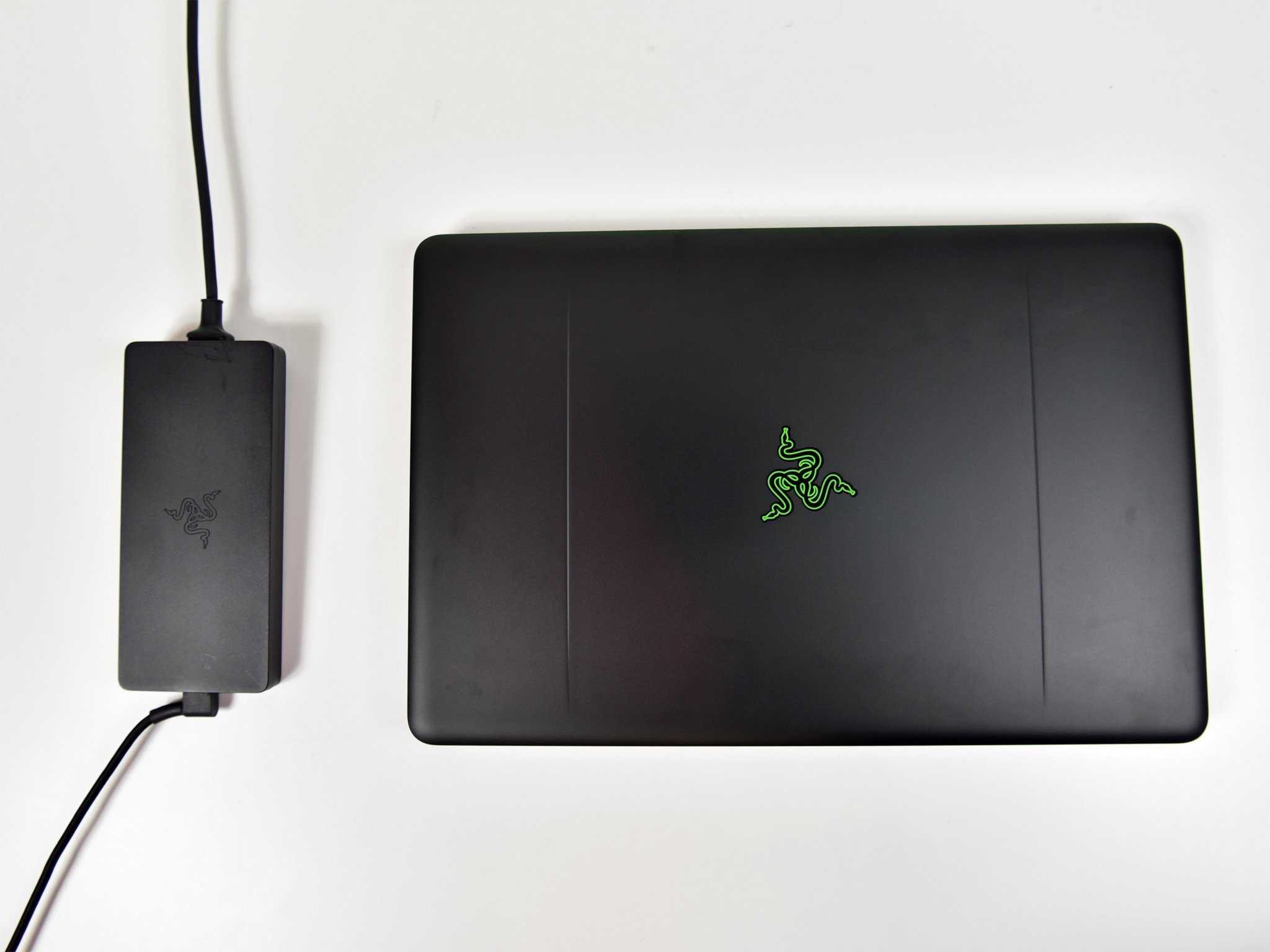
The most significant surprise with the full HD Razer Blade Pro is the inclusion of the same keyboard as the Razer Blade 14 versus the low-profile mechanical keyboard in the 4K Razer Blade Pro. I found the mechanical keyboard odd in the 4K version, or rather something to get used to instead of enjoying right away. With the full HD model, however, I get back the keyboard that I prefer.
Regarding heat and fan noise, it is minimal. Seeing as this is mostly a 14-inch gaming laptop's hardware pushed into a 17-inch chassis, there is more room for venting, and the fans keep the nimble GTX 1060 cool enough.
Pros
- 120hz matte display is great for gaming.
- Excellent mid- to high-range performance.
- Improved keyboard and awesome Precision touchpad.
- Outstanding audio.
Cons:
- Full HD display results in jagged text.
- Trackpad is for right-handers only.
- Not cheap.
Overall, I'm a huge fan of the Razer Blade Pro full HD. The keyboard is an improvement compared to the more expensive 4K model, and the display fits the hardware.
While $2,400 is still a lot for a laptop, I think the design and quality of the Blade Pro speak for themselves. Combined with the ability to upgrade the RAM (up to 32GB) and replace the internal storage with high-performance SSD, this is a reliable laptop for those who want something bigger than usual. It's also the most comfortable 17-inch PC that you can actually use on your lap.

Daniel Rubino is the Editor-in-chief of Windows Central. He is also the head reviewer, podcast co-host, and analyst. He has been covering Microsoft since 2007 when this site was called WMExperts (and later Windows Phone Central). His interests include Windows, laptops, next-gen computing, and wearable tech. He has reviewed laptops for over 10 years and is particularly fond of 2-in-1 convertibles, Arm64 processors, new form factors, and thin-and-light PCs. Before all this tech stuff, he worked on a Ph.D. in linguistics, performed polysomnographs in NYC, and was a motion-picture operator for 17 years.
